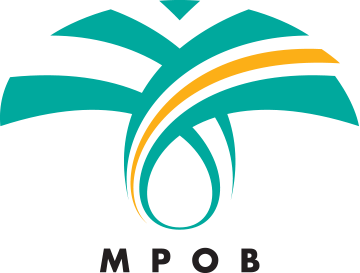Biology and Symptom
The disease is notable with appearance of small white mycelium covering over seed surface, later colonizing the inner shell and kernel. Moisture in the affected seeds will induce production of fruiting body. The disease spreads from infected to healthy seeds by mycelium contact but spore might also play a role. The infection kills the embryo and destroys the surrounding kernel tissues. The extent varies from slight infection to a total destruction of the embryo. Common for seed producers to experience 1-4% losses due to this disease.
Causal
Schizophyllum commune is one fungus confirmed causing the disease. The fungus common on is very old fruits left in the field. Seeds could also be affected during storage, pre-heating and germination stages of seed production usually related to poor conditions of seed storage such as temperature (38℃ – 40℃) and high seed moisture content (more than 17%). Partially removed mesocarp usually and broken seeds will increase the chance of infection.
Disease Management and Control
The disease can be managed with good practice during preparation of seed. Broken and dirty should be removed. Infected seeds should be discarded and destroyed immediately. Moisture content should be maintained below 17 % (dry weight). Seeds can be treated with fungicides by soaking in a solution of 0.2% thiram for a few minutes. If more than 2% of the seeds are infected, soak the seeds in 0.1 % mancozeb (80%) with 0.05% benomyl (50%) for 15 minutes and leave to dry.
